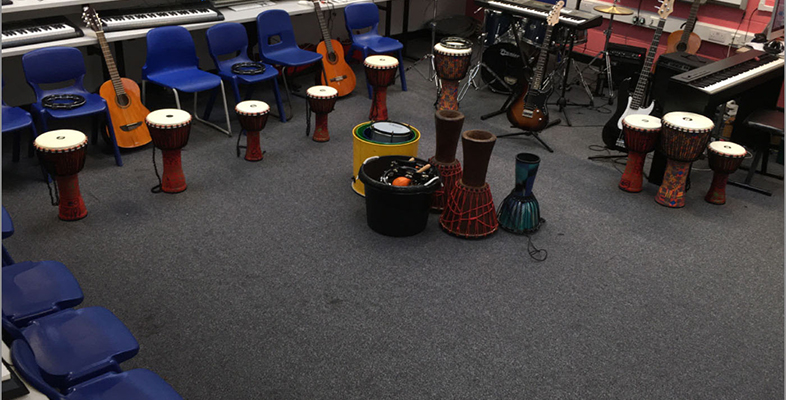3.1 Questioning
As we have noted, one of the main purposes of assessment is to help us to come to know our students better as musicians. Questioning in the widest sense of the word is a key way to achieve this. Traditionally, questioning has been used primarily to test understanding of propositional knowledge; for example:
- How many strings does a violin have?
- What does pianissimo mean?
- Who shot John Lennon?
These are what are known as ‘closed questions’ and tend to focus on knowledge about music. They are questions that are rooted in ‘facts’ about music and there is a tendency when asking such questions to require instantaneous or near-instantaneous responses – a kind of musical pub quiz.
However, questioning can be used in much more subtle and enriching ways to engage young people in their learning, to find out what they are trying to do in their music, and to encourage them to reflect upon and critically evaluate their work. Such questioning encourages young people to think about their music-making and what they are trying to achieve.
Black et al. suggest that in order to ensure that questioning is at its most effective, teachers should:
- spend effort framing questions that are worth asking, i.e. questions which explore issues and which develop students’ understanding
- allow young people the time to think and expect them to contribute to the discussion
- plan follow-up activities to check that the question has had impact upon learning and teaching.
Examples of questions that explore a child’s engagement with music and their understanding of its expressive power (their ‘knowledge of’ music) might be:
- That piece you have just played, what feeling or mood did you want the music to express?
- How would you change the way you played it if you wanted it to express the opposite feeling or mood?
- If you were composing some music to create these feelings what would you do?
Examples of questions that you might use to ensure that you and the young people have a common understanding of what they and you are trying to achieve and which explore ‘success criteria’ might include:
- What are we learning today?
- What are we going to do [musically] to help us to learn this?
- How will you know if you’ve learned this?
However, if such questions are to be effective then they need to be used in a thoughtful way and not mechanistically.
Activity 3
Think about a lesson that you are going to teach. Devise a set of questions that will help you:
- Assess the knowledge the student brings to the lesson. Try to avoid the question: ‘Do you remember what we did last week?’ Remembering that ‘we played “Love me tender” last week’ is no indication that learning has taken place. Linking your questioning to a listening activity based on the repertoire will tell you much more.
- Ensure that so far as is possible, you and the young people have a shared understanding of what, musically, they are trying to achieve.
- Move them forward in their learning, perhaps by asking them more complex or detailed questions about their music-making.
- Encourage the young people to reflect on their music-making: ‘What were the successful and less successful aspects of that performance? What might improve it?’ e.g. ‘What happens if I play that section more legato? Why did you decide to do that at that point?’
